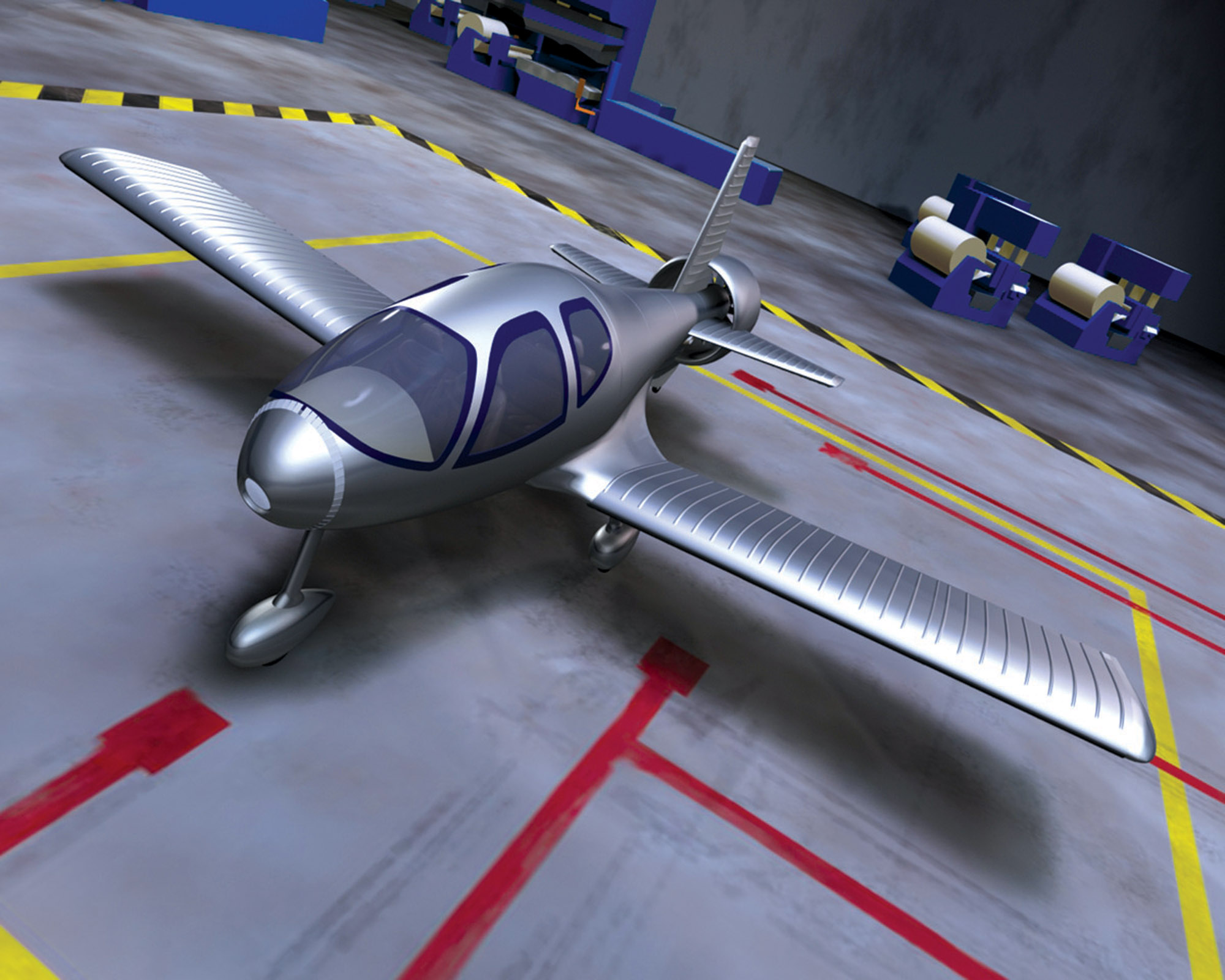By Henry M. Holden
As part of its broader Centennial Challenges program, NASA announced the first aeronautical component, named the Personal Air Vehicle Challenge. Comparative Aircraft Flight Efficiency, a flight-testing and research group in Santa Rosa, Calif., will stage five annual competitions.
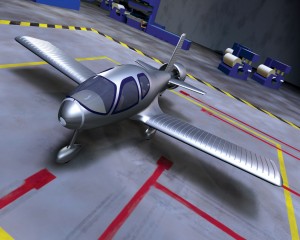
The TailFan is a five-place, non-pressurized concept vehicle that will cruise at 200 mph and have a 500-mile range. At $75,000, it will utilize an advanced ducted fan for low noise and safety. The simplified skin-stiffened structure will reduce costs.
The Centennial Challenges program is designed to promote technical innovation through a program of prize competitions. The challenges are similar to the Orteig and Ansari X Prize competition, which encouraged rapid technological developments in air travel.
“We intend to continue that tradition,” said Brant Sponberg, program manager for the Centennial Challenges program.
Teams that can design, develop and demonstrate the best technological improvements in general aviation aircraft capabilities will win annual prizes totaling $250,000. The first of a five-year competition will be held in mid-2006.
The goal of the PAV challenge is to develop affordable, efficient and safe personal air vehicles that are able to quietly land at small airports. Landing at rural airports close to small communities should save time spent on ground transportation to and from hub airports.
The current rural and regional air transportation system isn’t well-served by today’s hub-and-spoke airline system, which works well for long-distance travel. It’s hoped that the PAV, or self-operated market, will evolve and complement the transportation needs of the rural/regional and intra-urban travel. It’s likely that PAVs will bear many resemblances to GA aircraft, since they’ll share a common infrastructure and a takeoff and landing distance requirement of less than 2,500 feet.
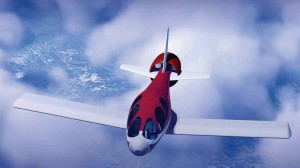
This concept is for a five-place, pressurized, turbocharged vehicle that will cruise at 300 mph cruise, have a 500-mile range and cost $125,000. The PAV may replace the automobile as a preferred method of rural transportation in the 21st century.
“The intent of the PAV challenge is to encourage innovation in the amateur and sport aviation communities to help enhance the general aviation transportation system,” said Dr. J. Victor Lebacqz, associate administrator for NASA’s Aeronautics Research Mission Directorate. “This prize competition is a great follow-on to previous NASA investments in small aircraft, and complements existing industry consortia in general aviation.”
Lebacqz’ reference is to the Small Aircraft Transportation System, which reached a successful conclusion with a proof-of-concept demonstration in June 2005. SATS demonstrated safe and affordable access to virtually any runway in the nation, in most weather conditions. By relying on on-board computing, Highway in the Sky displays, and automated air traffic separation and sequencing technologies, SATS has put in place one element necessary for a successful PAV.
To win one or more of the PAV challenge prizes, teams must modify their GA or sport aircraft to demonstrate the best performance in five technology areas. NASA predicts the technologies targeted by this competition will have a quick and positive impact on the GA industry, and on public air travel.
For 2006, there will be up to 16 competitors on a first-come, first-served basis. First, they must demonstrate the capability to meet all the minimum eligibility requirements during qualifying flight tests at the CAFE flight test facility. EAA AirVenture Oshkosh 2006 will be the venue for the prize awards.
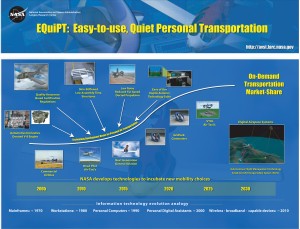
This timeline for EquiPT (Easy-to-use, quiet Personal Transportation) charts the projected evolution of the personal air vehicle through 2030 Additional innovations including digital airspace technologies such as SATS needed for PAV’s concept success.
The baseline for competing aircraft is to have a stall speed of less than 52 miles per hour, and be able to land safely without power. To qualify, the aircraft must also demonstrate high fuel economy (e.g., 27.5 mpg) for a two-seat aircraft. Each year the performance bars will be raised.
For two technology developments related to aircraft noise, $50,000 will be awarded. Then, $25,000 will go to the team with the lowest noise radiated into the community, and $25,000 will go to the team that can minimize noise measured inside the aircraft’s cabin.
Another two teams whose aircraft demonstrate the best handling qualities and overall ease-of-use will divide $50,000. The latter prizewinner will be judged on the design of an aircraft that is comfortable, easy to load and board, easy to maintain and has low pilot workloads. This goal is sometimes referred to as evolving a “Honda Accord of the sky.”
The remaining $150,000 Vantage Prize will be awarded to the single team whose vehicle demonstrates the best overall flight performance. This will be measured in a calculated score that includes door-to-door trip velocity, energy consumption and passenger carrying capability.
Next to affordability of aircraft, the single greatest challenge to widespread use of personal aircraft is the complexity of flying them in instrument meteorological conditions, clouds, fog, ice and stormy weather. The challenge of expensive IMC training and the workload imposed on a single-pilot flying with standard “steam gauges” are tied directly into the affordability issue. This issue has until now effectively eliminated many non-IFR rated pilots.
A NASA proof-of-concept study has shown that low-time, non-IFR rated pilots can fly challenging maneuvers in a twin-engine GA aircraft, using a synthetic vision system alone. NASA has also shown that GPS satellite technology can build a coordinated ATC system that is safe and efficient. These combined technologies can provide a VFR pilot with the ability to visualize a safe flight path in and out of instrument meteorological conditions. This combination promises to encourage more pilots to fly, and fly more safely.
The PAV challenge specifically addresses this issue by including the use of a synthetic vision tool in the flight-testing of the competing vehicles. This tool is being developed from existing, FAA-approved CAFE Foundation flight-test equipment. In addition, they’ll provide public domain software for its widespread use in general aviation. Flying with synthetic vision, in turn, demands vehicles with pilot-friendly flying qualities, another qualification requirement in the PAV challenge.
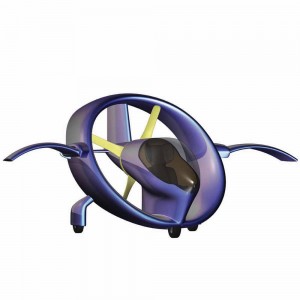
The Intra-Urban Gridlock Commuter is a two-place, 400-mile-range concept vehicle that will cruise at 150 mph, have a 500-foot takeoff roll and have limited roadway use up to 25 mph speed. If developed, it may be useful for local transportation.
“Judging from our past experience in hosting flight competitions, the PAV challenge should attract outstanding design efforts and give a tremendous boost to the technology, safety and usability of personal aircraft,” said Dr. Brien Seeley, CAFE president. “The rules that CAFE drafted with NASA’s general aviation experts for the challenge will make it a fair, safe and accurate competition. Our team is honored to pursue this annual event.”
The future personal air vehicle market will certainly evolve from the current GA market as technological developments attract a larger market share. The PAV challenge also complements the new light-sport aircraft initiative. Some of the potential competitors are expected to come from the newly emerging LSA cadre.
If all goes as envisioned, the technological advances that the PAV challenge creates will migrate to the LSA community, accelerating their sales, and may become an appealing travel option for more consumers. If this happens, the winning PAVs may merit mass production. This in turn should make them more affordable, and help secure the future of general aviation and its network of small airports.
The PAV challenge details and definitions are available at [http://www.cafefoundation.org].











